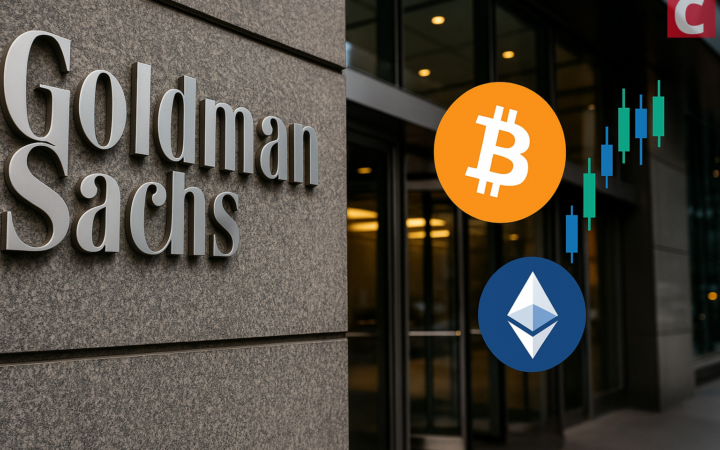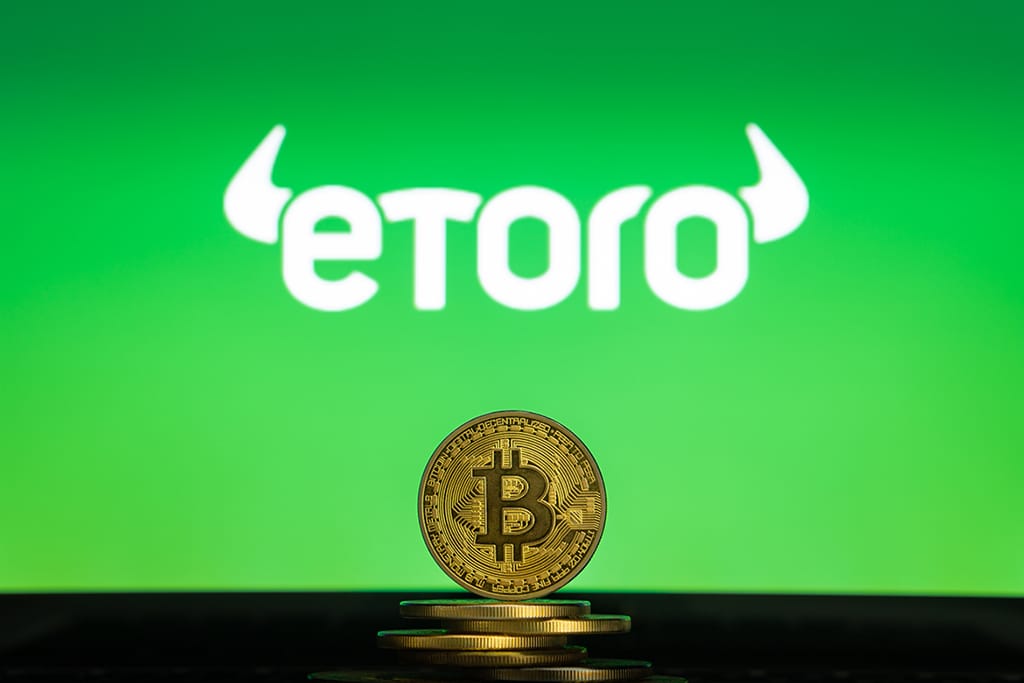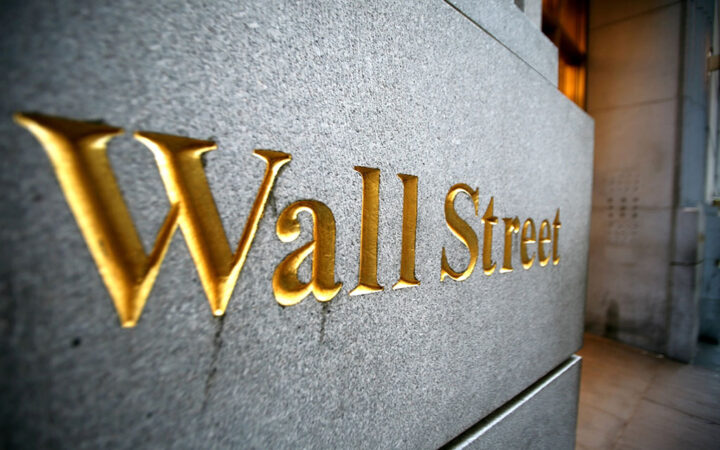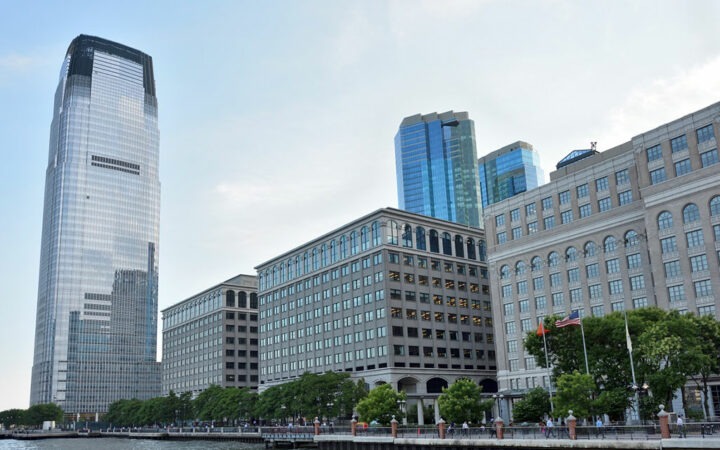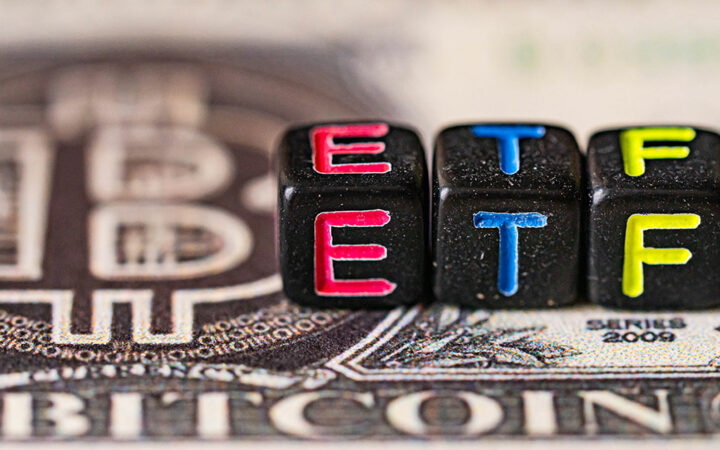
Ibukun is a crypto/finance writer interested in passing relevant information, using non-complex words to reach all kinds of audience. Apart from writing, she likes to see movies, cook, and explore restaurants in the city of Lagos, where she resides.
Data compiled by Google Trends reveals that searches for “interest rates” in the US have increased since the beginning of 2022.
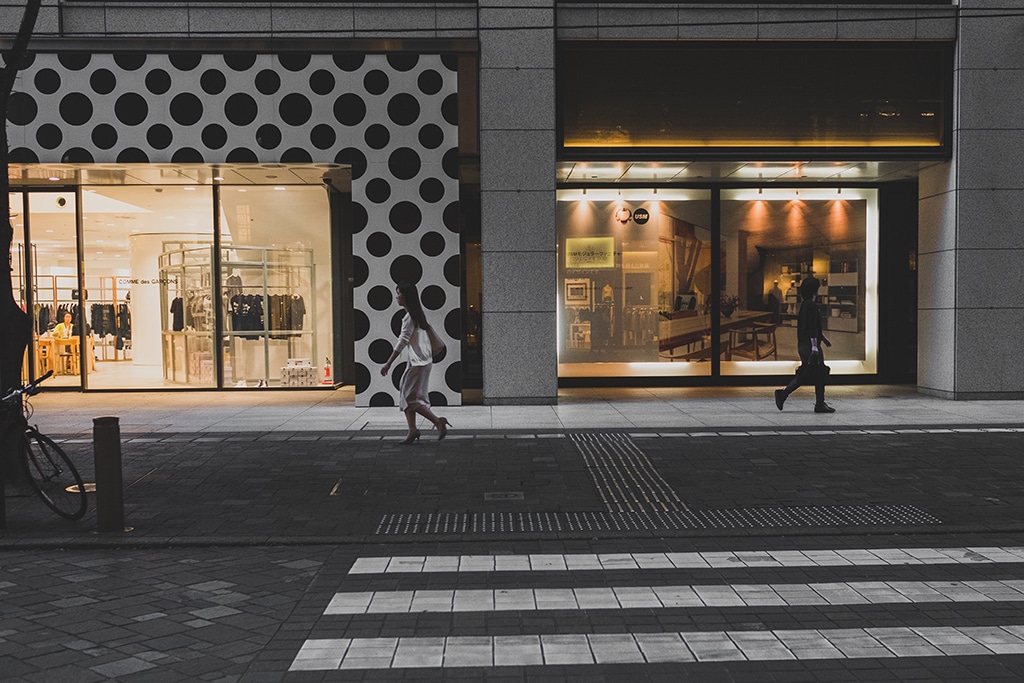
Amid the ongoing inflation pressure and increasing interest rates, economists at investment banking company Goldman Sachs (NYSE: GS) have warned about a “slowdown in consumer spending.” The Federal Reserve recently added half a percentage to the interest rate, which has triggered uncertainties across the markets. US tech stocks lost more than $1 trillion within a few days of the announcement, dragging cryptocurrencies to the bottom of the ladder. Many investors have acknowledged that crypto is in panic as major cryptocurrencies have been shedding significantly. Other sectors of the stock markets are also at their lows.
According to a note by Goldman chief economist Jan Hatzius, alternative data shows a reduction in consumer spending between the end of April and the beginning of May. Hatzius says the slowdown in sending could result from increased consumer prices and tighter financial conditions. In addition, the chief economist predicts that the 10-year low could continue until June.
While the consensus GDP estimate for Q2 is 3%, the Goldman executive has lessened his estimate from 2.9% to 2.5%. Hatzius notes:
“While $2.5 trillion of excess savings, solid job gains, and continued wage growth represent continued tailwinds for consumption growth, we are assuming a deceleration in services spending in May and June and an outright decline in retail spending in May.”
A survey by the University of Michigan reveals that US consumer confidence has hit an 11-year-old low in May. The study shows that consumer sentiment of 59.1 dropped over 28% YoY. Additionally, the report noted that up to 36% of consumers blame inflation for their negative assessment.
Adobe (NASDAQ: ADBE) vice president of growth marketing and insights Patrick Brown comments on the economic wavering. He said the outgoings are beginning to impact “online inflation and spend.”
Adobe’s new data revealed that US consumers spending online in April was 4.5% higher year-over-year. Despite the increase, it still represents a slower pace than about X2 in the US. Online spending in April dropped 6.8% compared to what was recorded in March.
Data compiled by Google Trends reveals that searches for “interest rates” in the US have increased since the beginning of 2022. The analysis explains that the jump is about X2, suggesting the people’s concern. The search peaked in May, the same day the Feds announced the interest rate hike. The watchdog announced the added interest rate- the largest single rate in almost 12 years.
Disclaimer: Coinspeaker is committed to providing unbiased and transparent reporting. This article aims to deliver accurate and timely information but should not be taken as financial or investment advice. Since market conditions can change rapidly, we encourage you to verify information on your own and consult with a professional before making any decisions based on this content.

Ibukun is a crypto/finance writer interested in passing relevant information, using non-complex words to reach all kinds of audience. Apart from writing, she likes to see movies, cook, and explore restaurants in the city of Lagos, where she resides.
